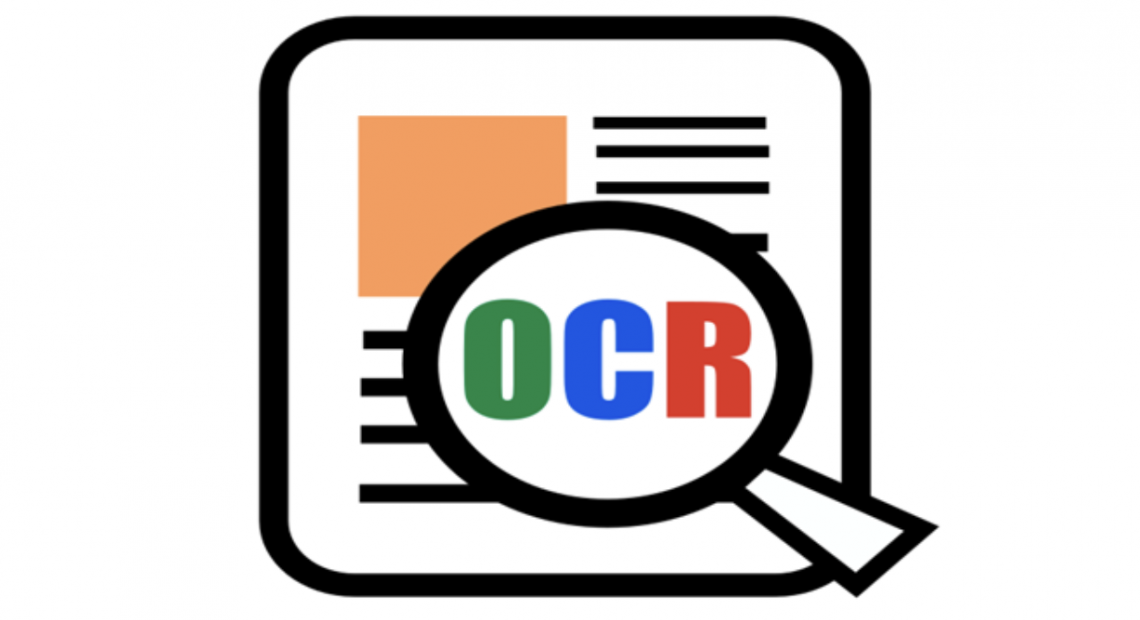Optical character recognition (OCR) refers to the technology which allows for conversion of various documents into data that can be searched and edited. You can use OCR technology to convert images from digital cameras, paper documents, and portable document format (PDF) files.
OCR enables you to scan paper documents so you can edit them further or share with other people. Using OCR, you can capture text from posters, banners, books, and magazines, and arrange them without retyping. These functions are enabled by machine learning and computer vision.
These benefits are responsible for the significant growth of OCR market share, which was worth $7.46 billion in 2020. Further projections indicated that the market would experience a compound annual growth rate of about 16.7% between 2021 and 2018. The application of this technology is widespread across industries. Popular OCR technology applications field include the following:
Supply Chain
Quality control is very important in ensuring that the production process complies with the relevant laws regarding safety of products and avoidance of counterfeiting. OCR applications help with performance of appropriate checks on cosmetics, drinks, food, and pharmaceuticals. OCR enables the reading of serial numbers, batch codes, and expiry dates. These same capabilities are found in credit card readers. You need to download and install a credit card scanner app before you can read the identifying information, codes, serial numbers and expiry dates.
Banking
OCR technology is widely applied in banks and sectors like securities and insurance. In particular, the banking sector’s use of OCR technology is mainly in the area of cheque management. The technology enables scanning of handwritten cheques, transformation of the details to digital form, validation of signature, and real-time clearance of check. All these events take place without the involvement of humans. The accuracy of deep learning artificial intelligence techniques used with OCR is beneficial in the banking sector because it reduces the overall check clearance time.
Healthcare
OCR technology enables scanning and storage of complete medical history of patients. Data on patient health is captured from diagnostic tests, treatment reports, X-rays, insurance payments, and test results then kept in a computer. These details are stored in a common place to make them searchable and accessible. When this happens, OCR improves maintenance of proper drug stores, machinery or equipment, and relevant consumer products. The records provide helpful information for legislation and establishment of health policy.
Legal
A lot of paperwork is usually produced in the legal industry. Examples of the documents include judgement, wills, filings, and affidavits. OCR techniques avail records in numerous languages including Arabic, Chinese, and other non-Roman script dialects. Another advantage of OCR use in this industry is that it simplifies the process of retrieving past legal documents.
OCR technology enables conversion of files from their physical form to digital formats that are editable. The application of this technology continues to expand and it can be used in manufacturing transportation, retail, and banking sectors, and others. In these industries, OCR technology helps to improve productivity and efficiency of work.
Image by Ranjithsiji, CC BY-SA 4.0: Wikimedia


